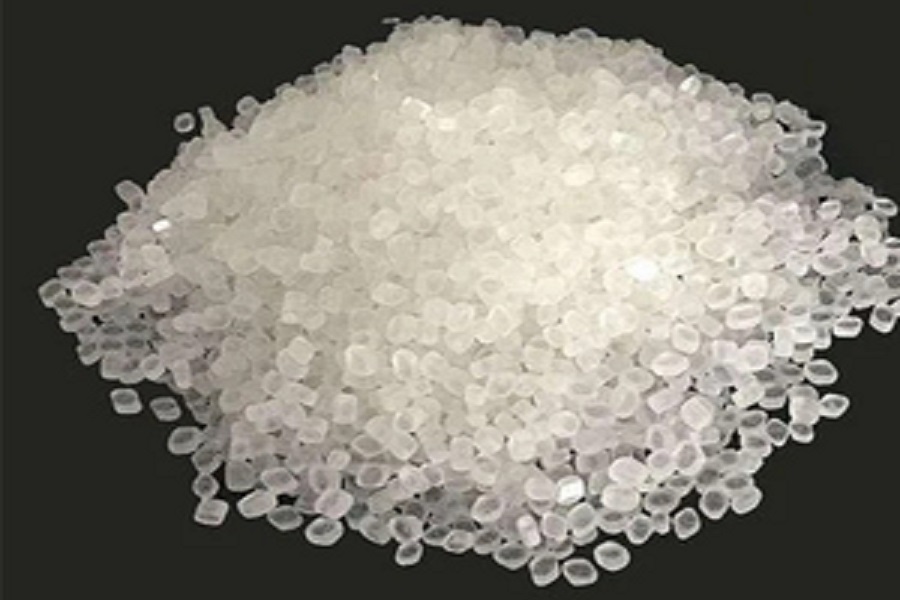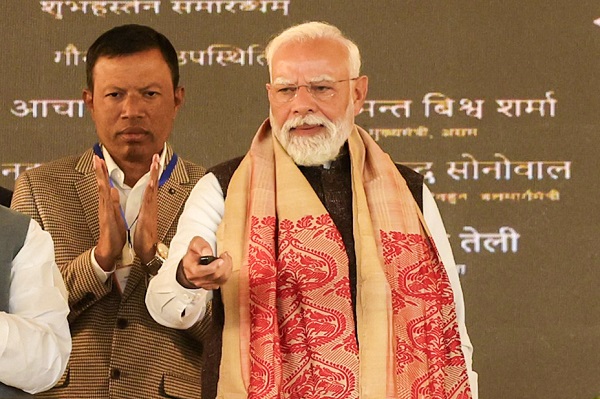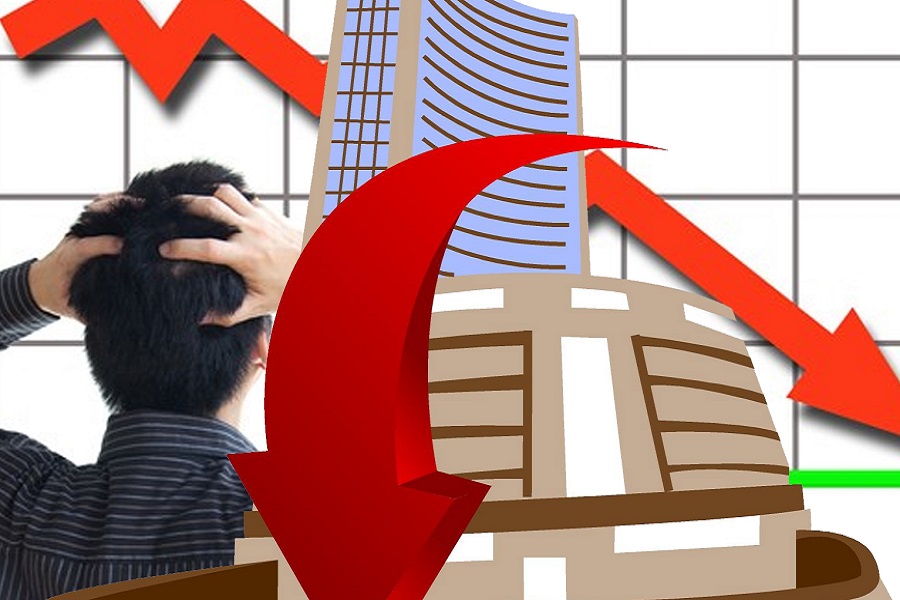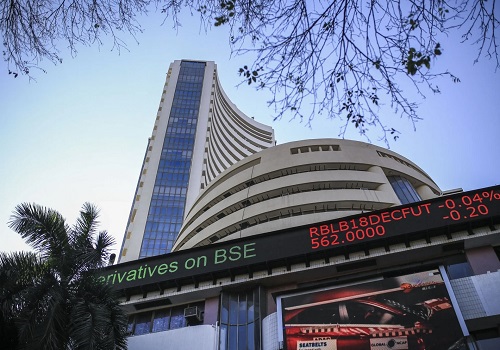Views on the impact of Trump's tariff on the Indian Stock Markets by Mr. Jitendra Sriram, Senior Fund Manager, Baroda BNP Paribas Mutual Fund

Below the Views on the impact of Trump's tariff on the Indian Stock Markets by Mr. Jitendra Sriram, Senior Fund Manager, Baroda BNP Paribas Mutual Fund
In our view April 2nd announcements were a start for negotiations to get counterparties to cut their duty rates etc and is by no means an end onto itself. Hence, its very unlikely that we have seen the last of these proposals. Further, there would also be two imponderables. The reaction by various counterparties which may lead to a potential conflict of stance situation and secondly the impact on currency markets. In our view, it may take 1-2 quarters for these entire issues to settle down but the limited history with the Trump administration suggests that they usually start with a high point and negotiate their way down. The immediate reaction may settle in a week or so but second order impacts on areas like, global growth, potential inflation risks of higher tariffs and the consequent impacts on global rate easing may take time to play out. We will need to be very mindful of the data coming from key economic blocks – US, EU, China etc over the coming months to draw a conclusion.
Overall, our view on the tariffs is that the tariffs are negative on the margin with incremental negatives emerging on industrial / equipment exports, chemicals, textiles and fisheries potentially. We may not see tone down of earnings as a direct impact of tariffs given that the potential industries/companies may not be significant index components, but second order impact on account of slower economic growth in USA itself cannot be ruled out. To reiterate, there may be further announcements also which may change views hereon. The second order impact is what will weigh on sentiment even for the listed space which includes meaningful weights on areas like IT services. These are likely to be more driven by the trend on discretionary spending in the US hereon.
The way we would approach this is to look at sectors that are more domestic facing versus those that are more export facing. Areas such as IT services, metals, pharma (no tariff on pharma thus far), chemicals, some auto components etc contribute ~20% of the bellwether indices whereas there are certain sectors such as energy (oil marketing companies) which are positively impacted by areas such as softer crude. At an overall level we would say 15-20% may fall in the bucket of “export facing”. As mentioned earlier we don’t see material direct impacts as there are no explicit tariffs on IT services, pharma etc. Second order impacts will surely be there and are likely to be marginally negative at the margin (softer growth in the US etc for example) though these trends would become more evident only in 1-2 quarters and are difficult to pin down now.
Above views are of the author and not of the website kindly read disclaimer










More News

Quote on Tuhin Kanta Pandey being appointed as SEBI`s new chairperson by Dr. Manoranjan Shar...












